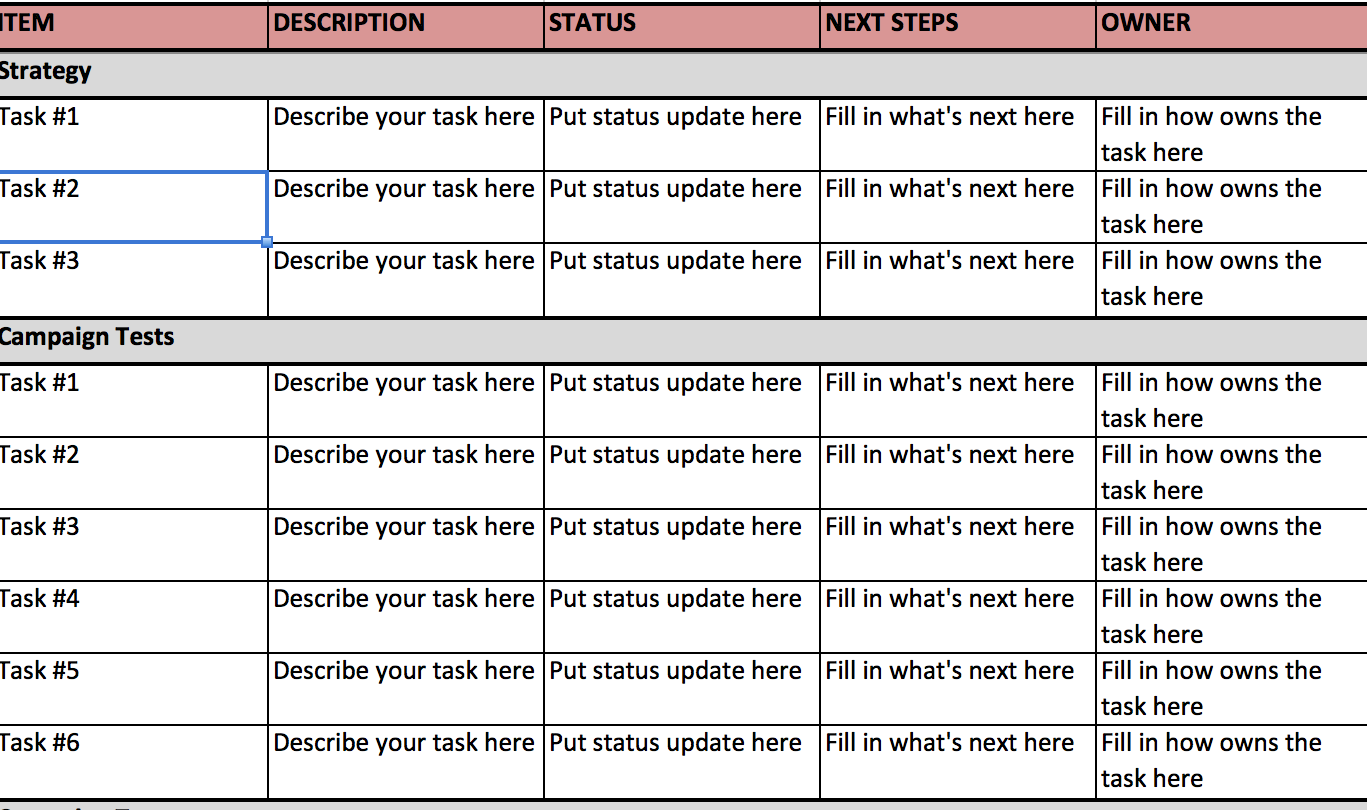For January’s series post we are taking a look at our PPC wishlists. What tools do we all wish we had available to make our lives that much easier? Where do our chief frustrations stem from and what band-aid solutions are we using to fix them?
Ever feel like the man in the picture when dealing with clients? The item at the top of my PPC wishlist is that clients knew what goals are most important to them. Over the last few months, I’ve had clients whose primary goal was CPA all of a sudden change their goal to volume, while having other clients who’s goal was to purely chase volume all of a sudden decide to pull back and focus on CPA. Months of successful planning and execution had to be thrown out the door and replaced with new strategies and tactics. I wish it were possible to just climb inside my client’s heads so I could see for myself exactly what they’re thinking and what they want out of their ppc program!
Now that I got that off my chest, it’s time to step back and take a more objective view of the situation. The primary thing to realize is that businesses are not static. They are always changing. When a client switches goals, its not necessarily because they are indecisive or impetuous, its because something has changed and new priorities need to be addressed. What was driving a business 3 or 6 months ago may not be a priority for them now. In the constant cycle of business ups and downs, it’s only normal to expect that goals are going to change.
Below are a few tips I would like to share that can help guide you through the maze of client relations, hopefully help avoid misunderstandings, and make your life a little easier.
Tip#1: Flexibility
It’s very easy to become emotionally attached to the work you do. After all, you’re the one spending hours upon hours a week analyzing client needs and crafting really cool strategies to achieve their goals. We’re hired specifically to think and worry about our client’s ppc programs, so we’re naturally proud when our plans succeed and frustrated when we are successful, yet the rules of the game are changed on us.
The key to alleviating this frustration is being adaptable to the changing needs of clients. Our job as account managers is to be flexible in everything we do. Don’t get emotionally attached to a specific way of doing things, become attached to achieving the end result, realizing yesterday’s goal may not be tomorrow’s. The bottom line is we’re retained to solve our client’s problems and achieve their goals, not ours.
Tip#2: Know The End Result
Why is this so important? If you understand what the final outcome of the lead or sales process is, it’s easier to forecast what the true needs of your clients are or what they may evolve into. For example, I have a client that is in the for profit education space. The original goal was to adhere to a fairly strict cost per lead goal. All of our strategies were geared towards this objective. We cut back on bids, eliminated spend that was converting above lead goal, and when given the choice to push for volume or cost, we chose to restrain growth a bit to achieve cost optimization. What I really needed to understand better is that schools have a whole lot of seats to fill, and its better to get leads at a higher cost than not being able to fill seats in classrooms. If a seat is empty, its revenue that’s not being collected. It should’ve come as no surprise when the client changed goals abruptly to focus more on volume than lead costs.
Another example of changing goals is a client I service in the bankruptcy space. Their goal for us has always been to get as many leads as possible. However, if a lead converts to a deal but the cost of that deal is to high, the end result is the client loses money. Knowing this critical bit of information was crucial to altering the strategy in a way still focuses on growth while at the same time optimizing cost per lead to a point where the leads they convert to deals are profitable.
Tip#3: Use Communication Tools
My final tip for avoiding client misunderstandings is to have clear back and forth communication. Goals and objectives can’t be met unless everyone is on the same page. In addition to emails and phone calls, I like to employ tools that help simplify the process of communicating while at the same time creating transparency.
There are two primary tools I use to communicate with our clients. The first one is just a simple excel sheet a client of ours designed called ‘weekly tracker’. The weekly tracker is a spreadsheet that contains the task name, task description, status, next steps, & who the task owner is. Using this simple tracker has made client calls easier and more productive. Below is an illustration of how we format the weekly tracker. You should be able to quickly make up a version of the weekly tracker that specifically fits your needs.
Another great tool I use is a project management system we use at Hanapin called Basecamp. Basecamp is a project management application that allows us to create task lists, send messages, and upload files. It’s a central repository where all client communications and documents can be stored. The best part is that you can give access to the client so you can be completely transparent in what you’re working on for them.
These three tips have been very helpful for me in navigating the maze of ever changing client goals and objectives. I hope they help you too!





